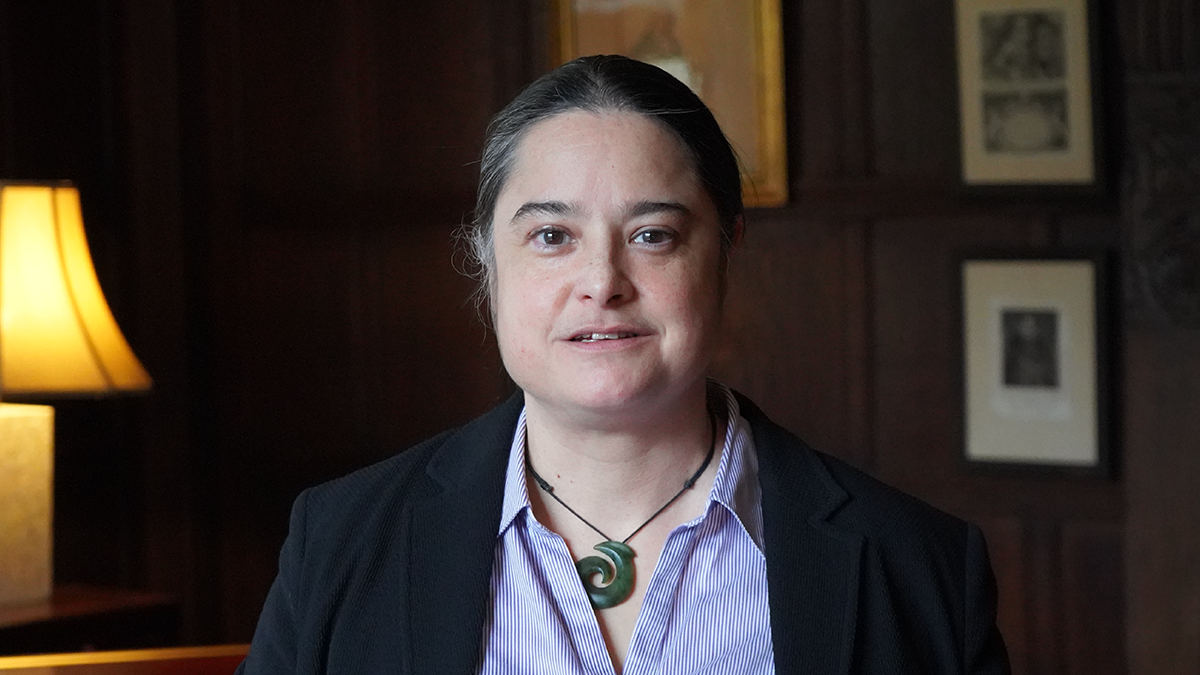Contagious Math(s)
Epidemiology researchers showcase the benefits of mathematics in tackling infectious disease
Multidisciplinary collaboration is key in various aspects of scientific research – but the specific disciplines required in any given endeavor are not always obvious to everyone. For instance, mathematics plays a key role in helping us understand and predict epidemics that can spread through our communities, but kids (and the majority of the general public) are rarely exposed to exactly where math fits in the frontlines when battling infectious diseases. Enter the Millennium Maths Project based at the University of Cambridge (1).
Contagious Maths (2) is an initiative set up by the Millenium Maths Project to provide resources and open opportunities to students and the public so they can join researchers in the battle against infectious disease. The curriculum-linked resources provide teachers with full lesson plans backed by Cambridge research to provide students from the ages of 11 to 14 with interactive tools to give mathematical modeling a go.
To learn more about this exciting project, we spoke with Julia Gog, Professor at Cambridge’s Department of Applied Mathematics and Theoretical Physics (DAMTP) and leader of the Contagious Maths initiative.
How did you become involved in epidemiology research?
I first became interested in using mathematics to understand epidemics when I was a fourth year university student. The idea that seemingly abstract mathematical systems could inform us on something as messy as an infectious disease outbreak really interested me – and still does to this day, more than 20 years later!
What inspired this project?
Large scale population dynamics, including epidemics, can only really be understood by looking at the numbers. All processes behind epidemics can be captured in relatively simple mathematics. Contagious Maths brings these ideas from a research environment to the classroom and public audiences.
How did you start?
Before the COVID-19 pandemic, I was lucky enough to be nominated for the Royal Society’s Rosalind Franklin Award (3). I’d previously worked with the Millenium Mathematics Project for outreach and communications, which brought about conversations on how we could use this position to expand the mathematical horizons of secondary school girls. And from here, Contagious Maths was born.
How does the program work?
There are two different avenues or “routes” to explore in our Contagious Maths resources, which are tailored to different audiences. The NRICH classroom resources for schools are designed to be used as a sequence of lessons for ages 11 to 14. This route provides detailed teacher notes and learning outcomes mapped to the UK National Curriculum, all while providing students with the opportunity to apply their mathematics knowledge to avenues in infectious disease research.
The other route in Contagious Maths is the Plus Contagious Maths library. This avenue hosts a collection of multimedia resources aimed at general readers and older students. The articles, interactive media, and videos provided allow for an accessible introduction to disease modeling and enable exploration and learning at your own pace.
What are we missing from today’s education system? Is there room for other initiatives like this to encourage students to join the field?
Absolutely! Our thinking with this initiative was to short circuit directly from my research world to mathematics education suitable for 11- to 14-year-olds, as well as making widely accessible resources for mainstream lessons. There are three underlying principles here that could be applied across STEM areas.
Firstly, we show students that what they study at their age has the potential to be applied in solving real world problems. Secondly, we bring models that are imperfect and under development into a classroom, demonstrating that mathematics isn’t as black and white as it is portrayed in school. And finally, we introduce ourselves to students so they can see the real people behind the research – then maybe they can see themselves as future mathematicians and scientists.
What are your future plans for Contagious Maths?
We’re looking forward to seeing how schools and the public use the resources we’ve created, and hopefully we can learn from the feedback to continue development. I’d love to see more projects making these connections from research to the classroom, especially in wider STEM fields and beyond.
References
University of Cambridge, “Millenium Maths Project” (2024). Available at: bit.ly/3Q2RKz9.
University of Cambridge, “Contagious Maths” (2024). Available at: bit.ly/3vy2oab.
The Royal Society, “Royal Society Rosalind Franklin Award and Lecture” (2024). Available at: bit.ly/3VQheTU.





